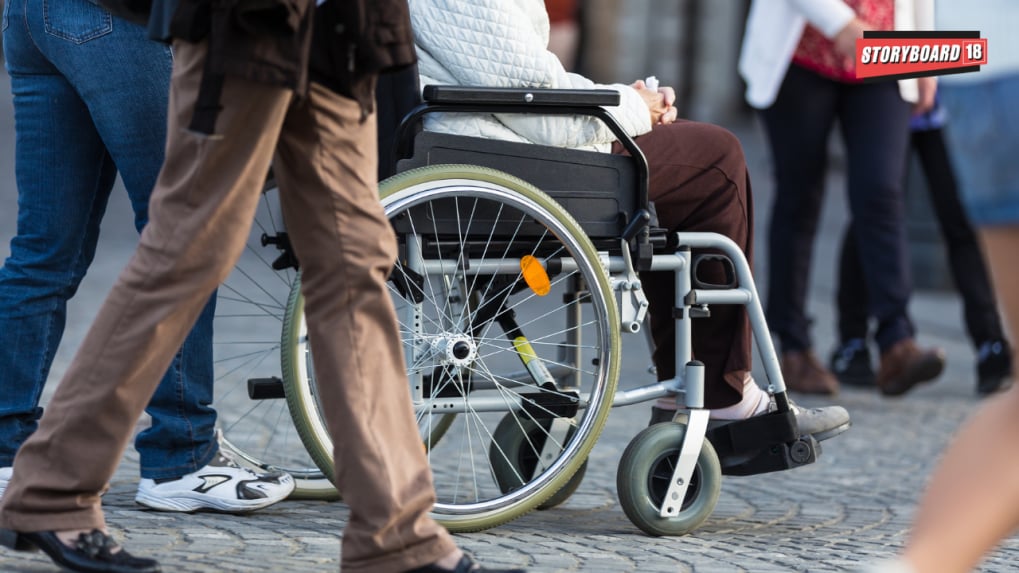Govt releases draft accessibility standards for everyday products; aims to make India more inclusive
The government has issued draft accessibility standards for everyday products, mandating universal design, braille, tactile features, and clear labelling. Covering 20 product categories, the framework promotes affordability, compliance, and global alignment, aiming to make consumer goods barrier-free for persons with disabilities.
ADVERTISEMENT
In a move towards building a more inclusive society, the government has released draft accessibility standards that could change the way everyday products are designed and used in India, PTI reported.
Prepared by the Department of Empowerment of Persons with Disabilities (DEPwD), the proposed framework seeks to ensure barrier-free access for persons with disabilities across a wide spectrum of consumer goods, from kitchenware and grooming items to lifts, ATMs, childcare products and digital interfaces.
The draft, anchored in the globally recognised "POUR" principle — Perceivable, Operable, Understandable and Robust, marks the first time India has attempted to establish comprehensive product-level accessibility rules. Officials said the intent is to push manufacturers to adopt universal design so that “what works for persons with disabilities works better for everyone.”
Under the proposals, kitchenware and food packaging must feature easy-grip designs, resealable packs, braille or pictogram labels, while grooming products should include textured packaging and ergonomic handles. Adaptive clothing with Velcro or magnetic closures, accessible footwear with non-slip soles and height-adjustable furniture are also part of the framework.
For public infrastructure, the standards envision wheelchair-friendly lifts with tactile buttons and audio announcements, as well as self-service kiosks and ATMs compatible with tactile, audio and screen-reader interfaces. Even financial transactions are covered, with guidelines for tactile currency recognition and accessible UPI systems.
Importantly, the draft balances accessibility with affordability, insisting that design changes should not substantially inflate costs. To encourage adoption, it proposes a mix of incentives — GST rebates, subsidies, deferred payments, and penalties including fines, recalls and public disclosure for non-compliance. Products will be rated from Level A to Level AAA based on accessibility, with testing and certification handled by accredited bodies.
Significantly, the draft mandates direct involvement of persons with disabilities throughout the product design and testing process, ensuring that accessibility is shaped by lived experiences rather than assumptions.
The move comes in line with directions from the Supreme Court and India’s obligations under the Rights of Persons with Disabilities Act, 2016, as well as international benchmarks like the ADA (US) and EAA (EU). It also strengthens the government’s Accessible India Campaign, signalling that accessibility is no longer a niche concern but a mainstream design imperative.

